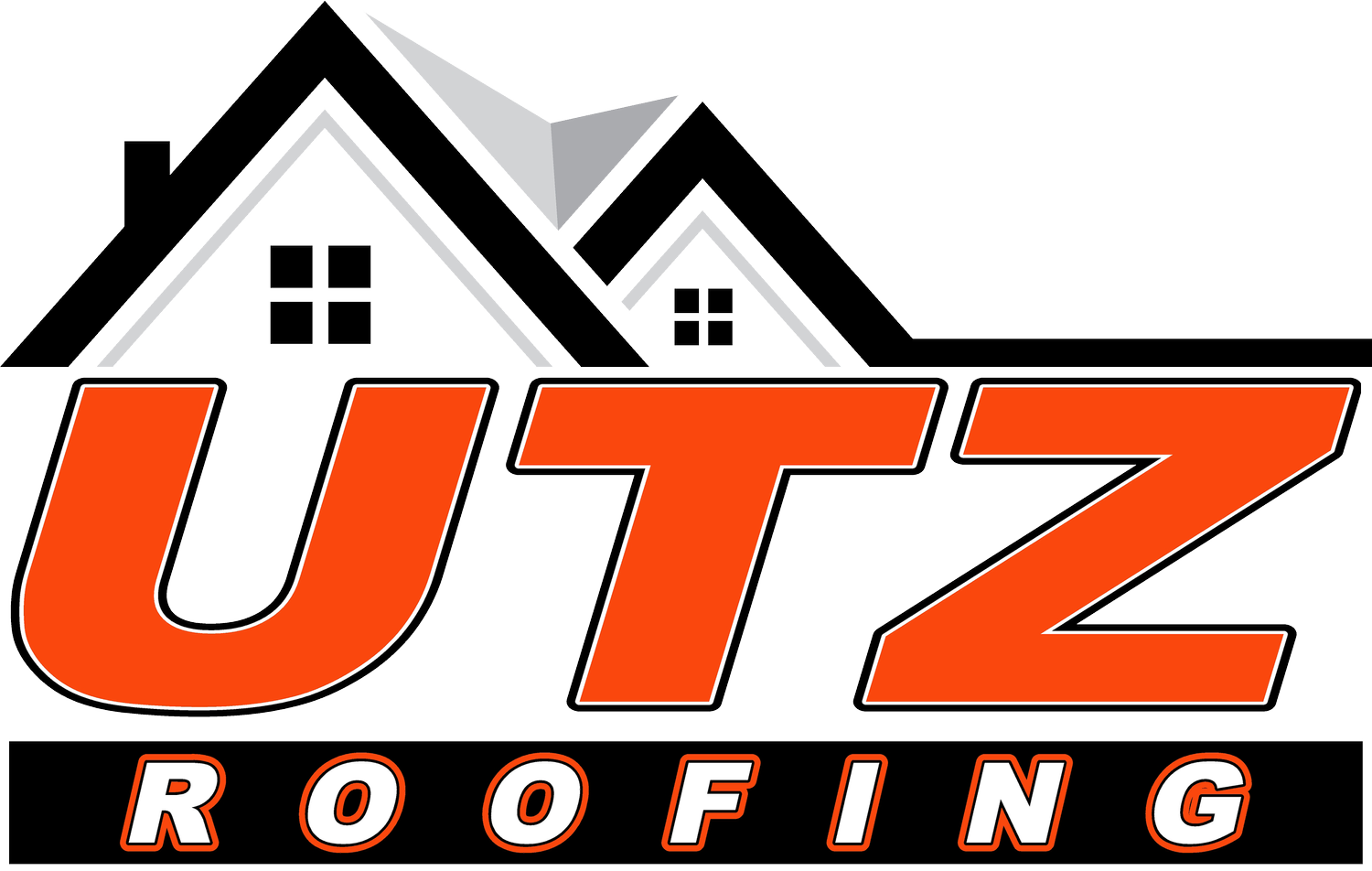Can Moss on a Roof Cause Leaks?
Most Missouri homeowners will notice moss or mold accumulating on sections of their roofing over time thanks to persistently humid seasonal conditions. While the initial spread remains small and mainly shallow root networks clinging tightly to surfaces, common consensus exists that moss corrosion and added moisture retention quickens roof deterioration leading to leaks.
But just how truthful is this moss-catalyzed leakage theory? And should all traces of visible moss trigger major intervention concerns? The industry specialists at Utz Roofing separate roof moss fact from fiction when evaluating true leakage dangers. To learn more about how Utz Roofing can help visit, https://www.utzroof.com/contact.
Moss Growth Requires Light and Moisture
Before exploring leakage connections, we must highlight what environmental factors enable moss expansion in the first place. Like all plants, moss requires sunlight striking surface areas coupled with moisture availability to nourish expansion spread. Any shaded roof panels or sections benefit from reliable slope runoff rarely experience rampant moss takeovers.
This key factor largely exonerates moss itself as the primary leakage culprit. Rather the situations allowing unchecked sun exposure and moisture accumulation damage roofing first. The symptoms simply emerge visibly as moss flourishing in an already compromised area. To learn more visit, https://www.utzroof.com/residential-roofing.
The Case Against Moisture-Retaining Moss Growths
Even though shade and ventilation deficiencies open the door for moss colonization, experts still implications in roof system corrosion and water retention hastening leaks, especially for aging asphalt shingle layers:
• Added Weight Strain – When wet, moss blankets carry considerable heft across large expanses, straining connections.
• Standing Water – Fibrous mats block runoff flow into gutters, elevating flood risks aside materials not designed for immersion.
• Ice Dam Contributors – Mosses hold extra snowmelt , refreezing and impeding winter drainage.
• Chemical Corrosion – Moss waste-off leaches compounds possibly accelerating metal oxidation over decades.
Recommendations for Managing Moss Growth
While majority roof moss expansion traces back to lacking architectural protections allowing sunlight and moisture exposure, proactive solutions exist for deterring growths:
• Improve Ventilation - Ridge venting and soffit circulation limits humidity buildup and condensation keeping panels drier.
• Install Roof Fans – Powered attic fans actively purge stagnant most air cutting condensation supporting moss spread.
• Apply Moss Treatment – Zinc strips, chemical sprays or roof wash services slow regrowth after manual removal clears root sources. Generally biannual treatments limit accumulation regrowth each season.
• Schedule Pro Cleanings - Having professional gutter and roof cleaners strip accumulating layers every 2-3 years on vulnerable sections offers longer-lasting prevention and monitors any leakage entry points needing repair once moss pulls free.
Trust Utz Roofing’s Full-Service Moss and Leak Remediation Expertise
While roof moss alone won’t directly puncture shingles and metal causing catastrophic leaks instantly, overlooked accumulation layered over existing weaknesses like aging connections or poorly sloped areas for years worsen collateral moisture damage long term. As Missouri roof repair specialists, Utz Roofing’s comprehensive services keep both primary and secondary leakage contributors in check to maximize roof lifespan through strategic maintenance. Contact us at first signs moss takeovers for inspections and FAST removal keeping your roof a step ahead against leaks! To get a FREE roof inspection visit, https://www.utzroof.com/contact.

